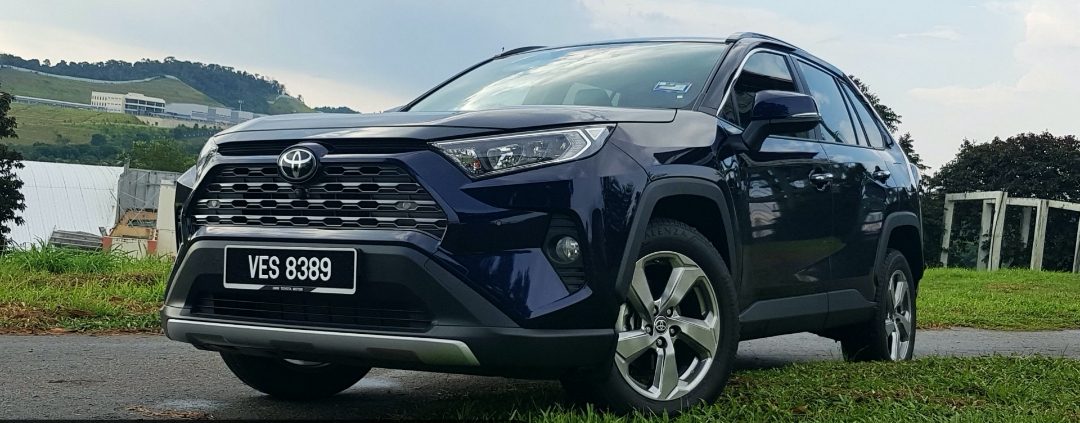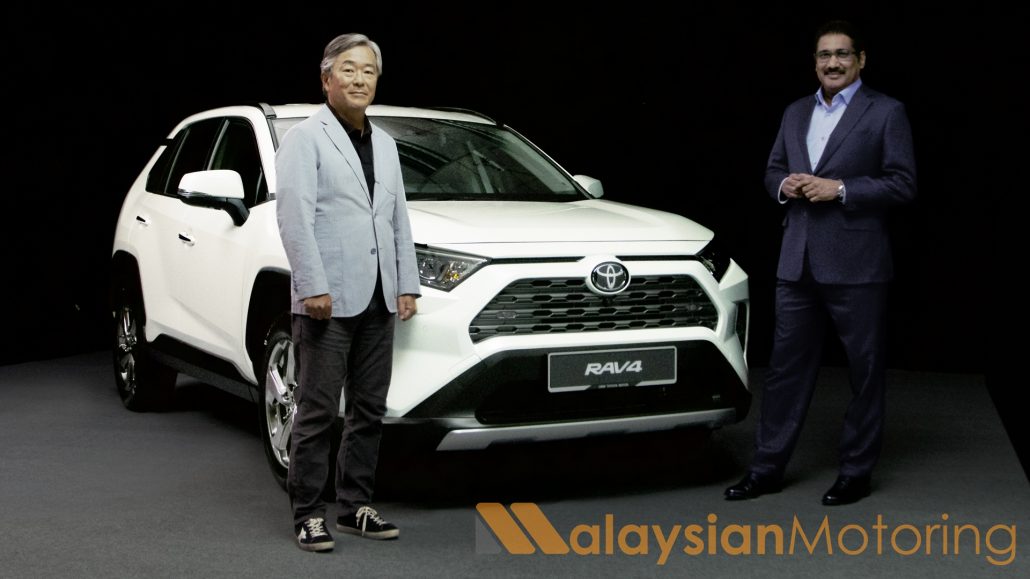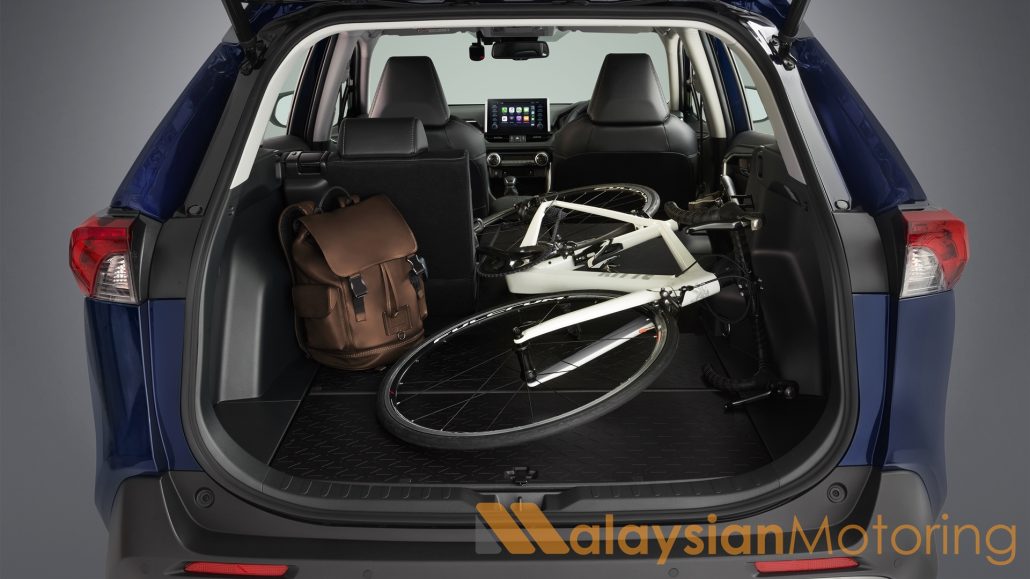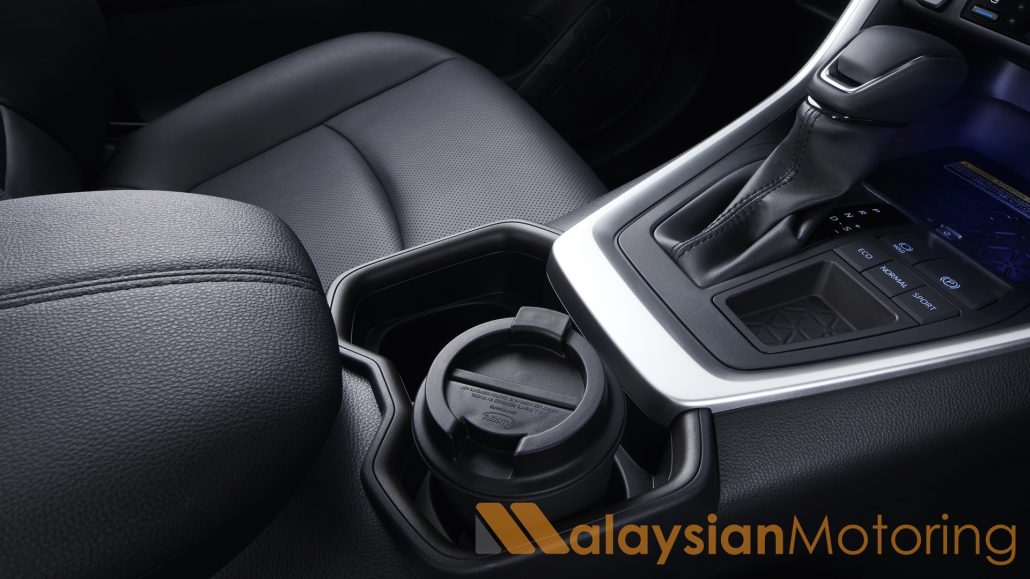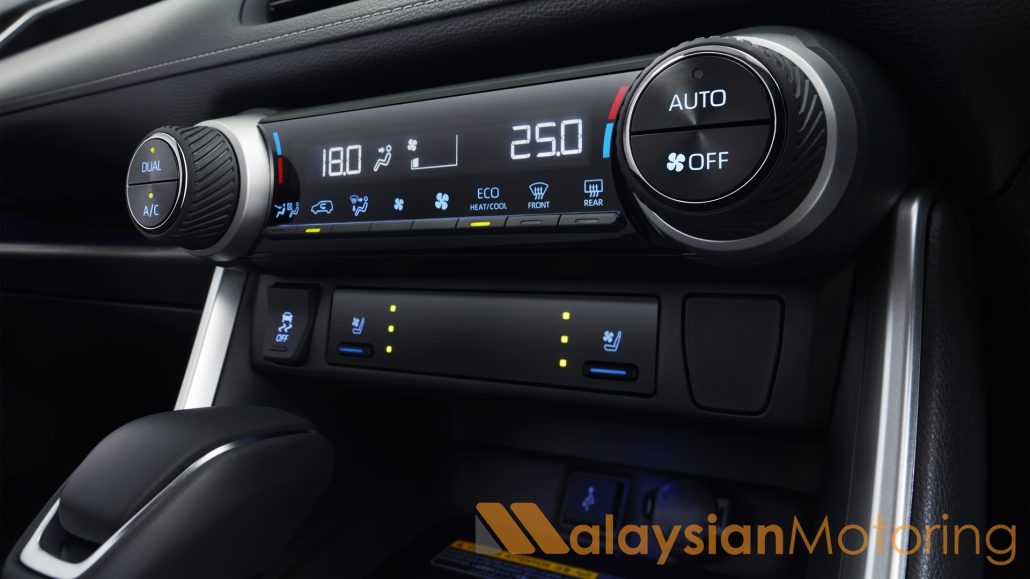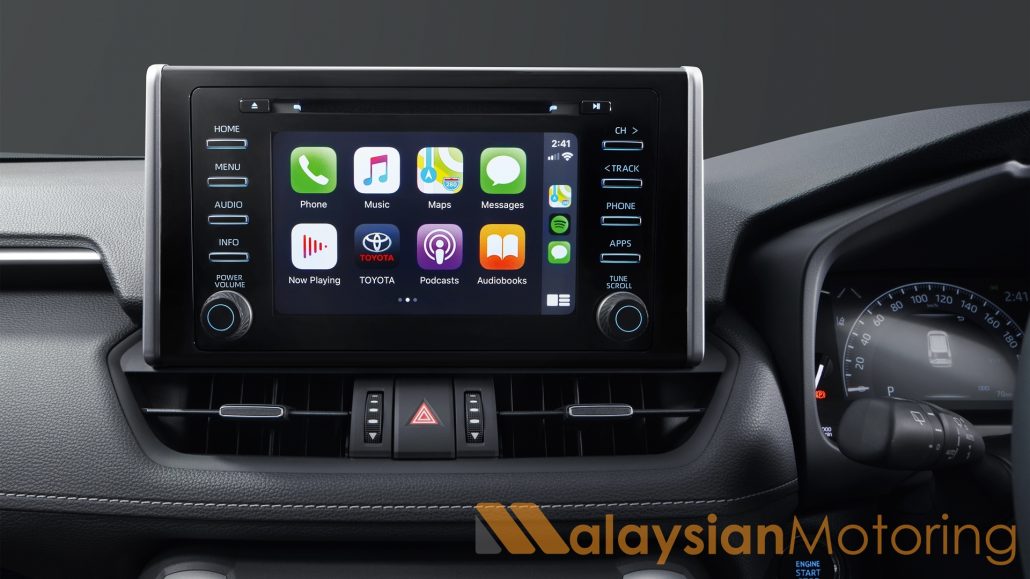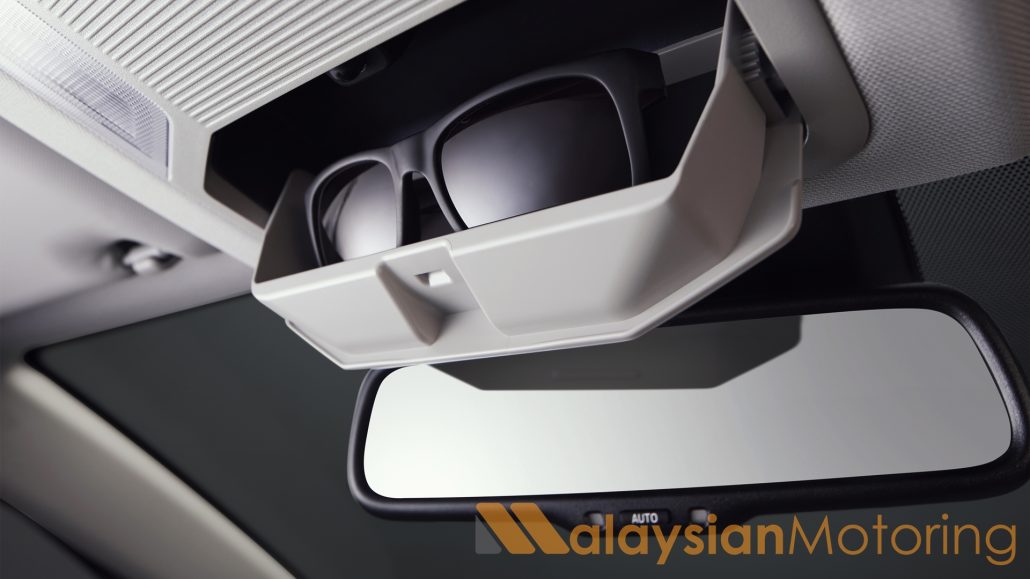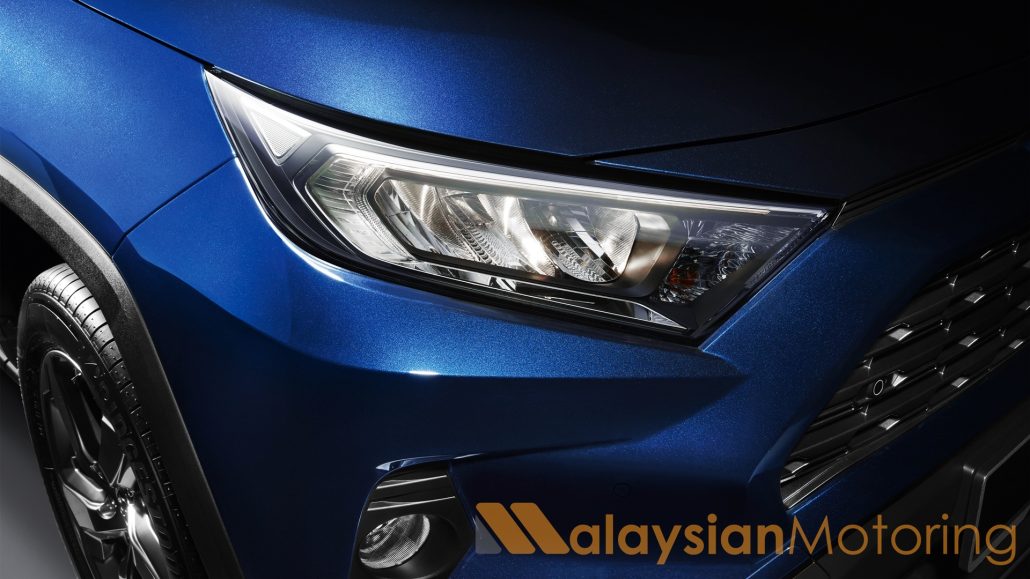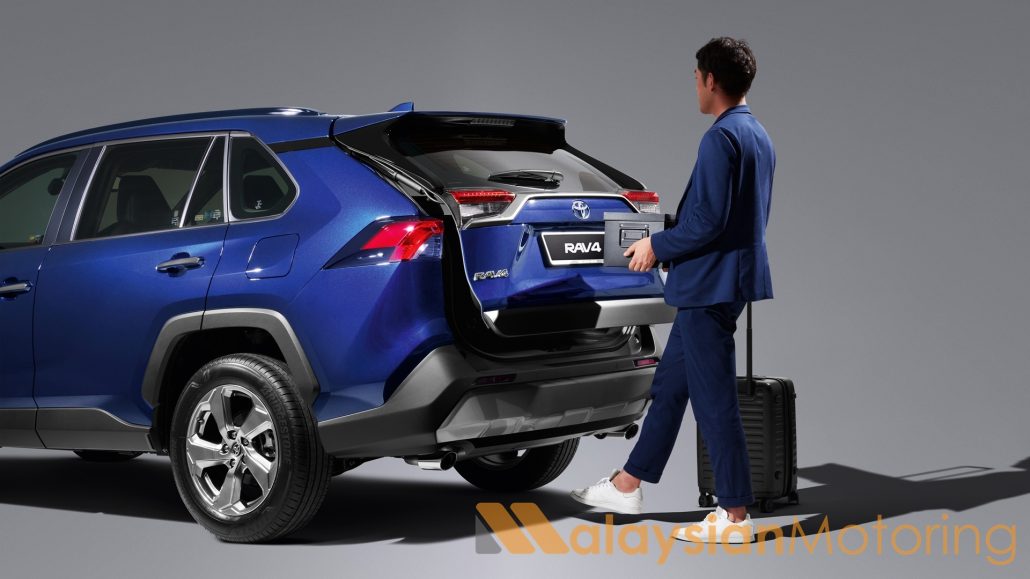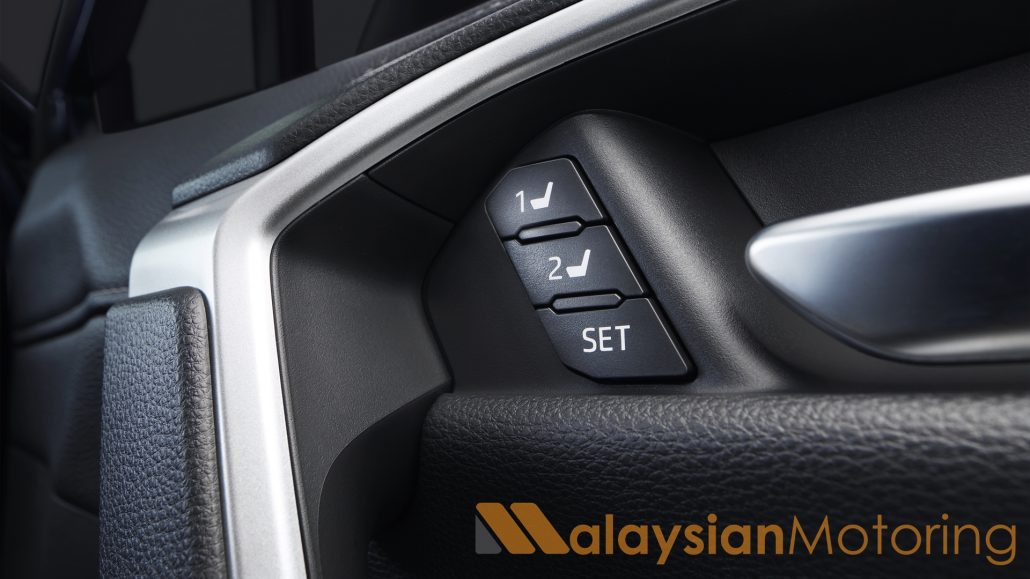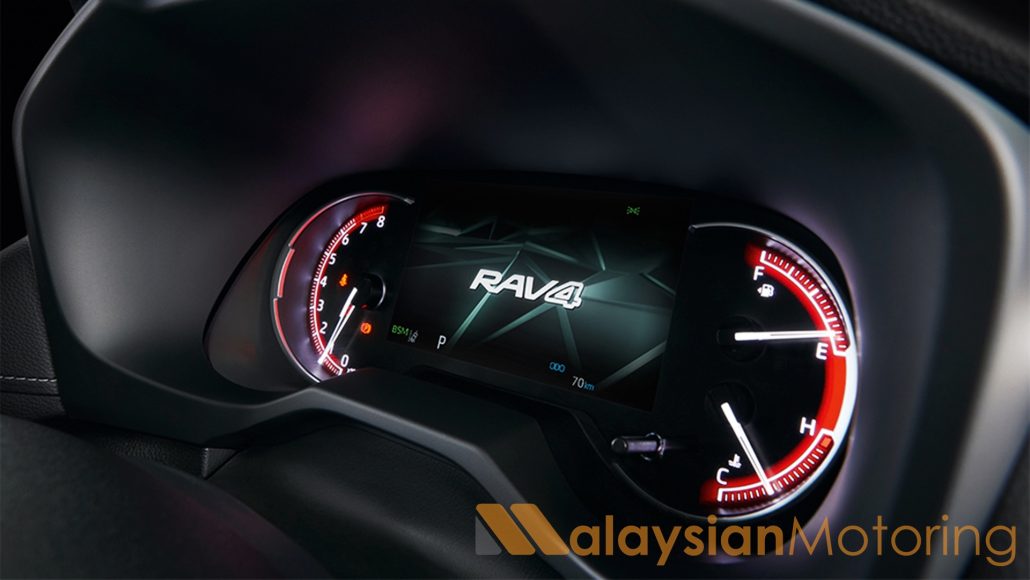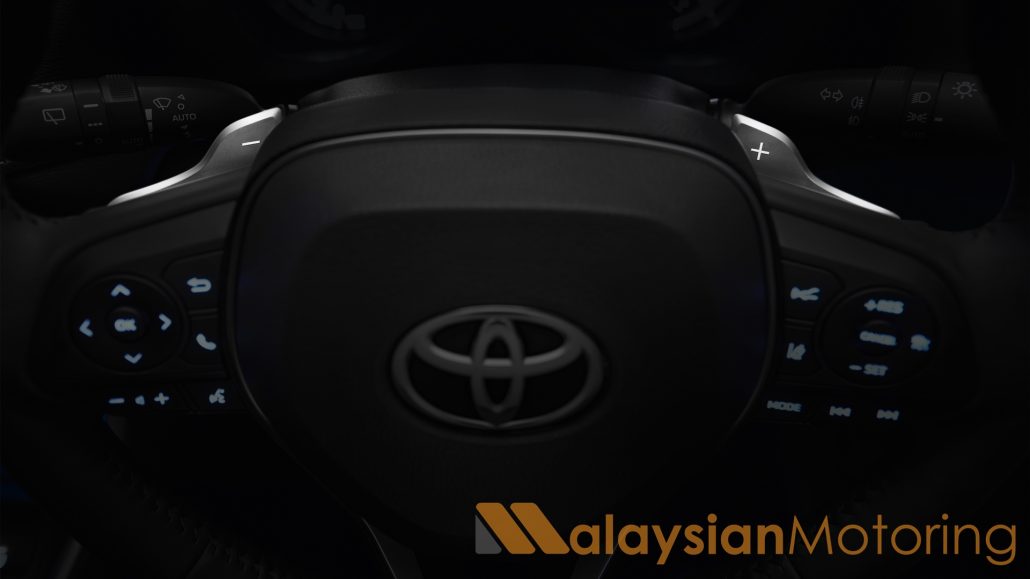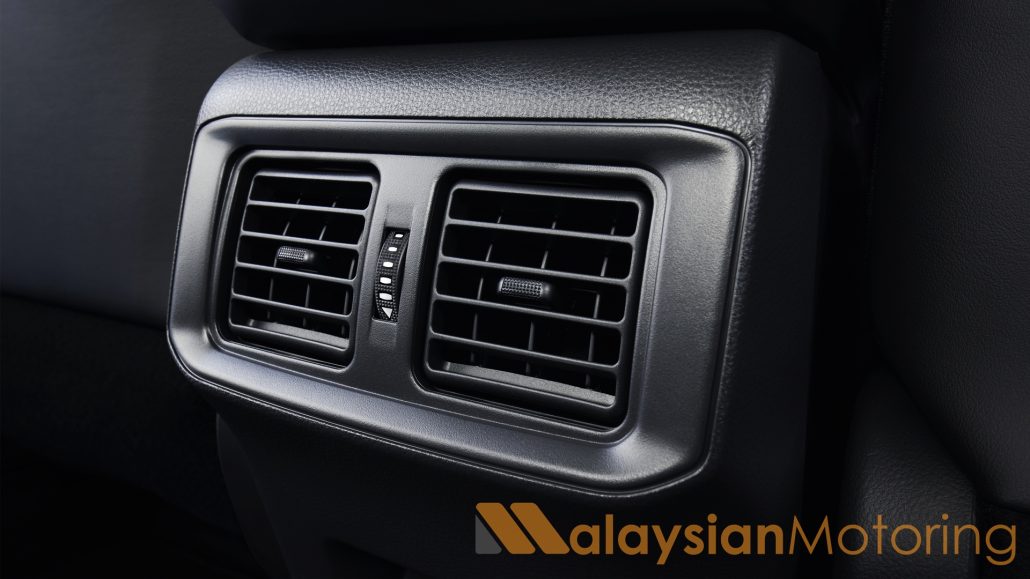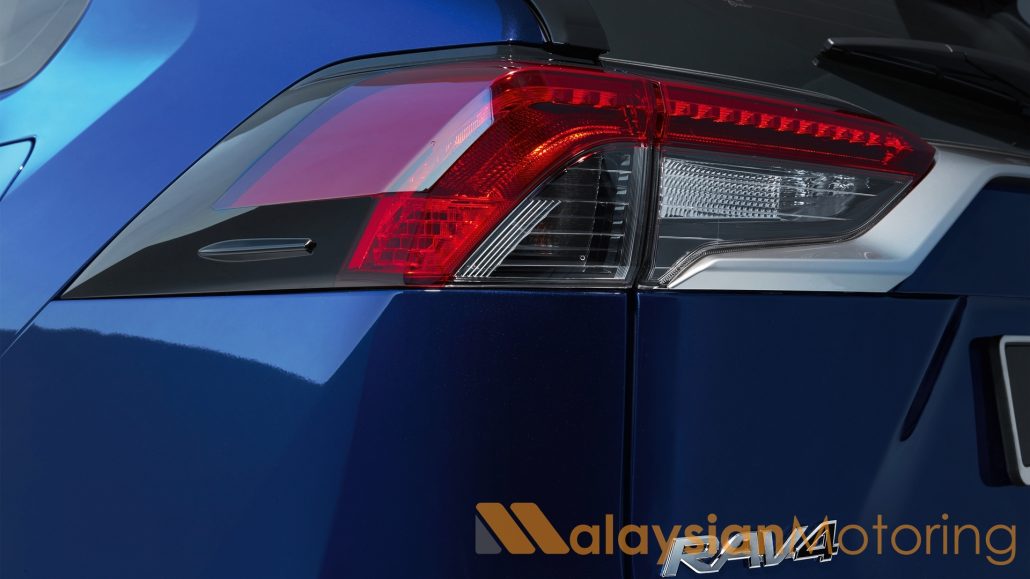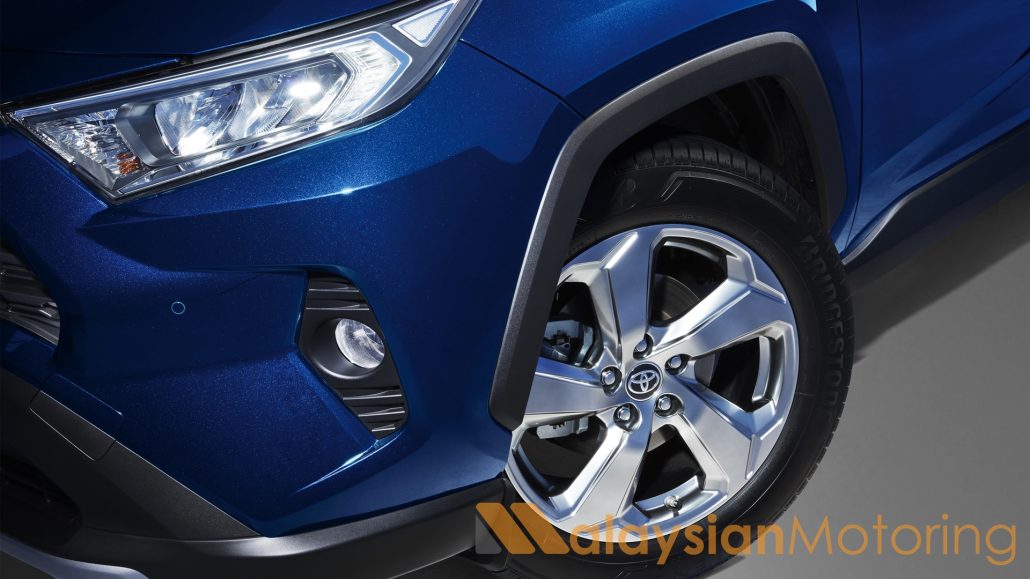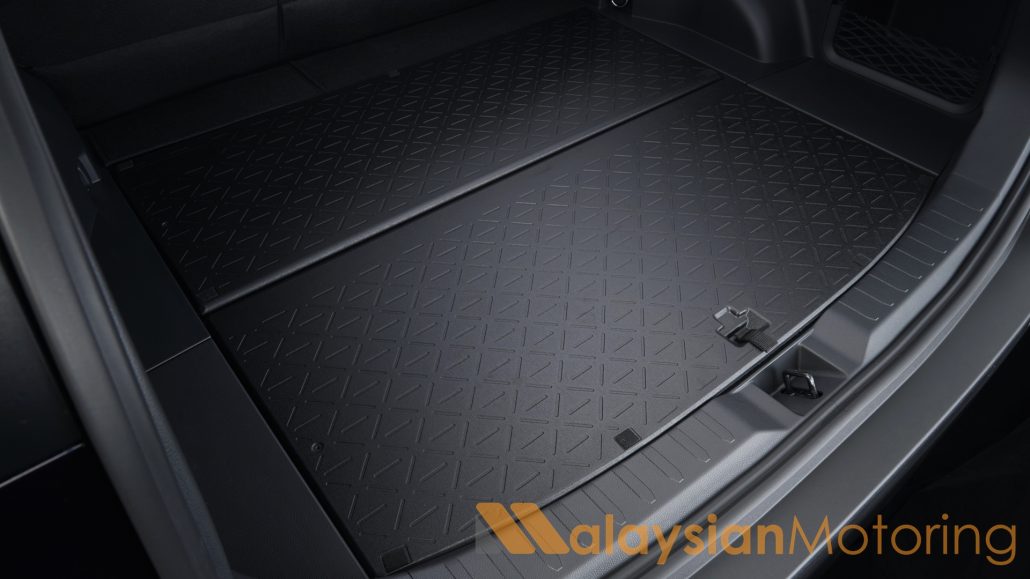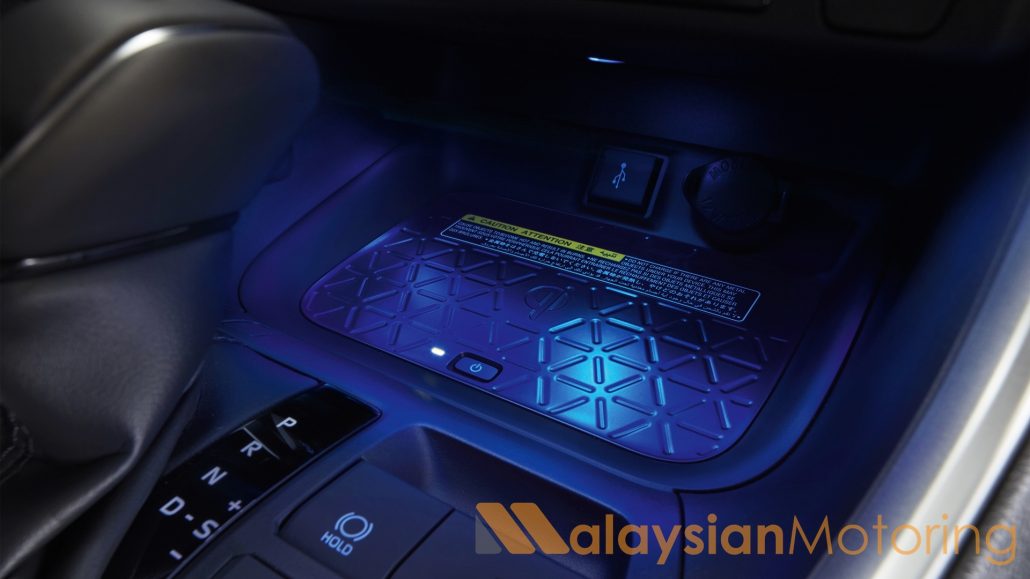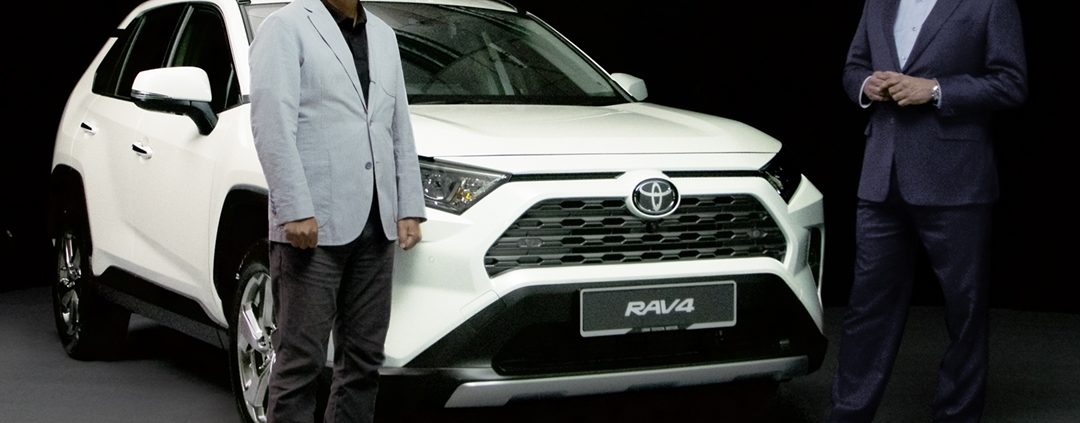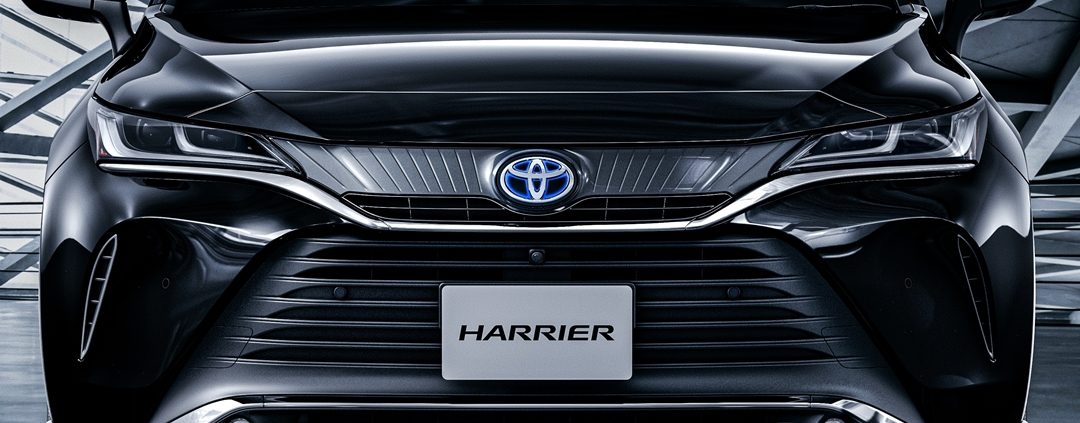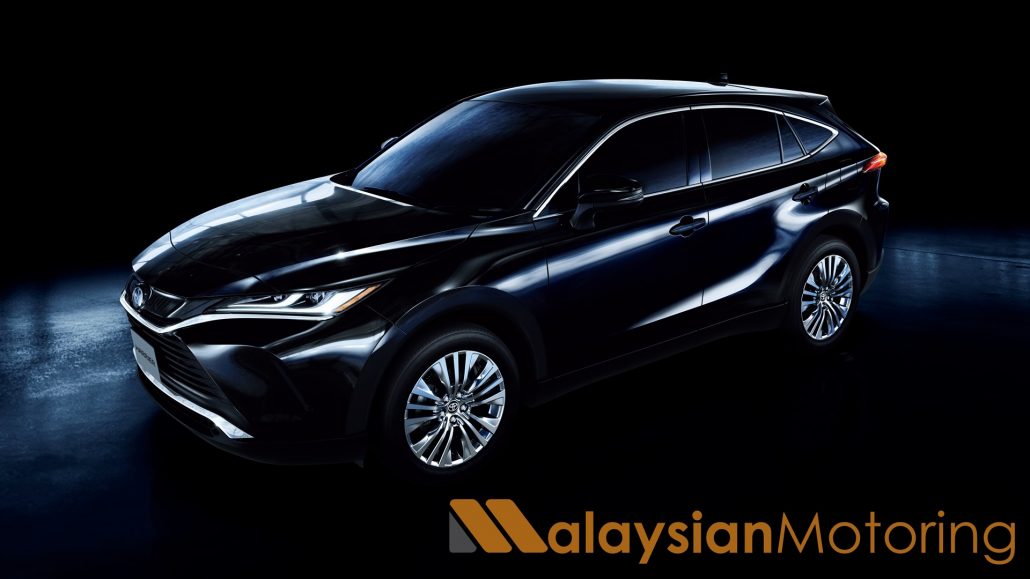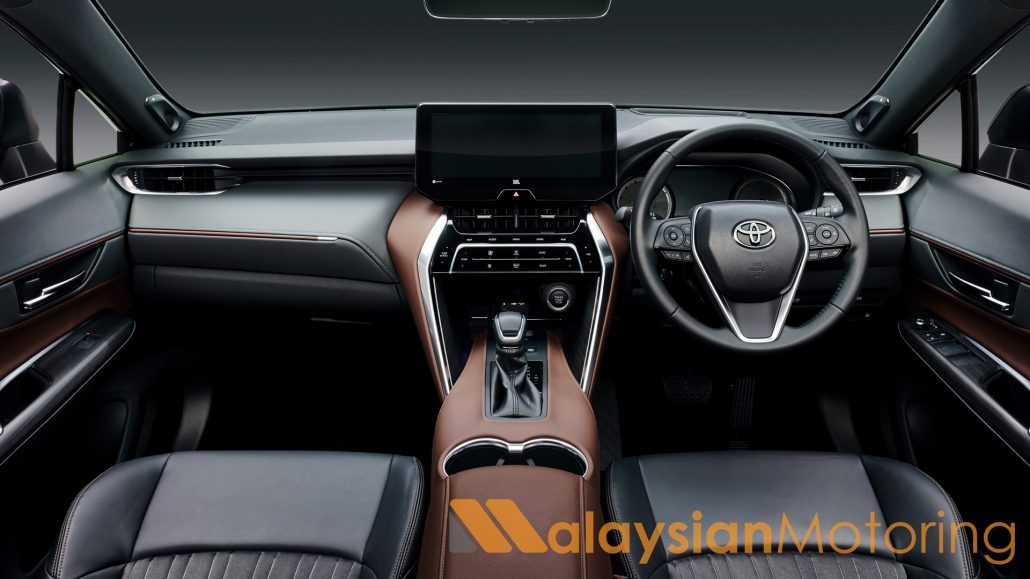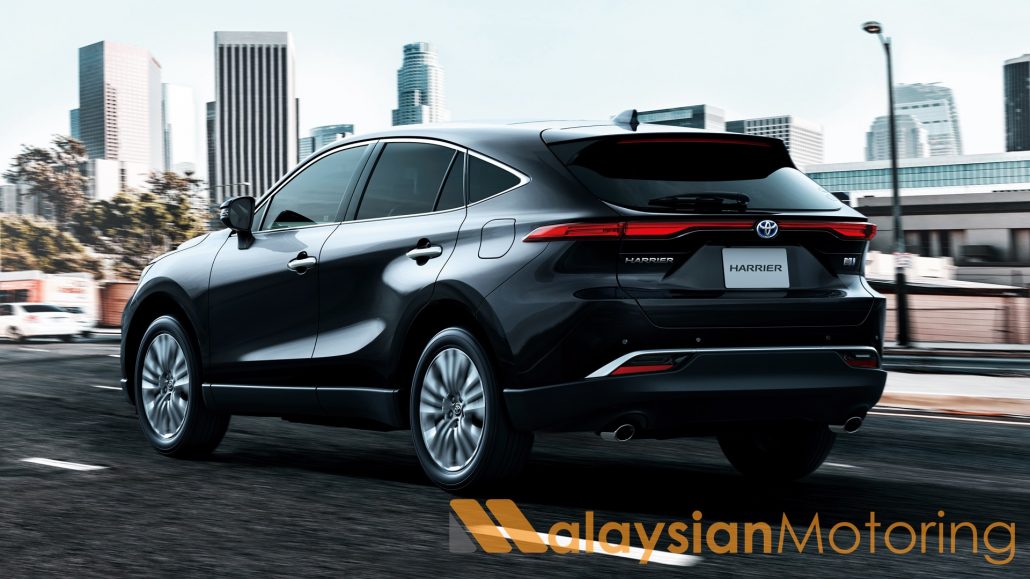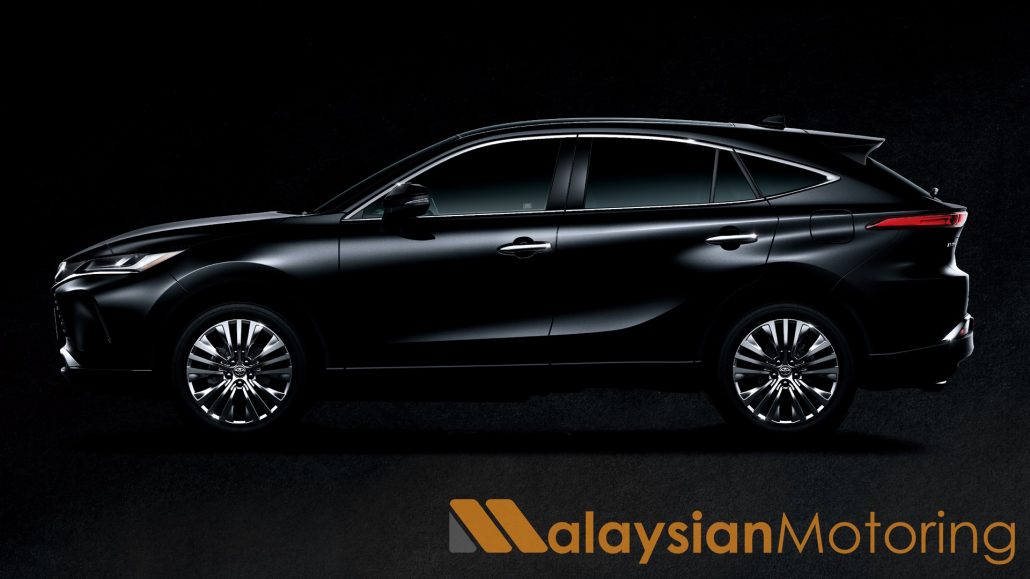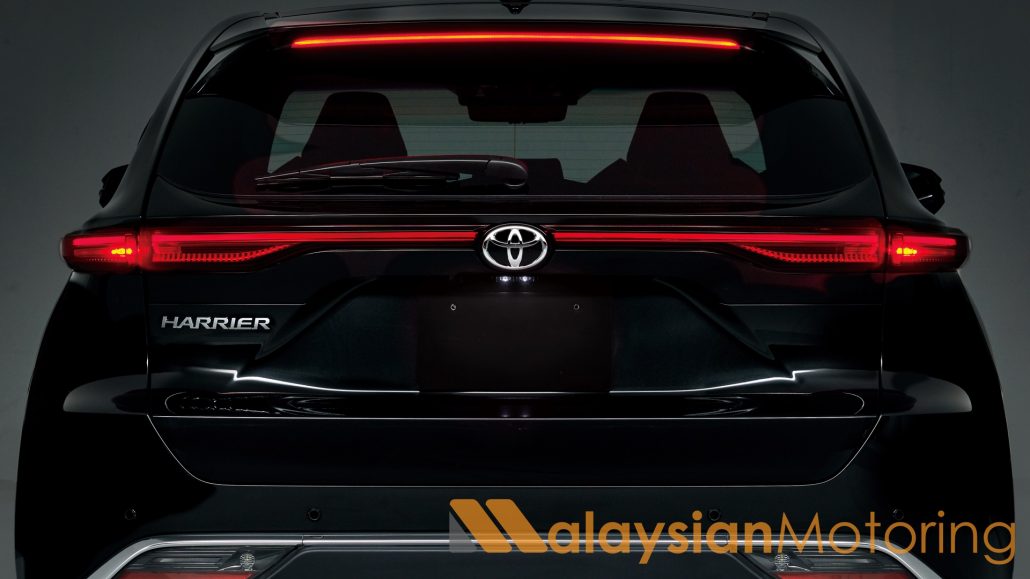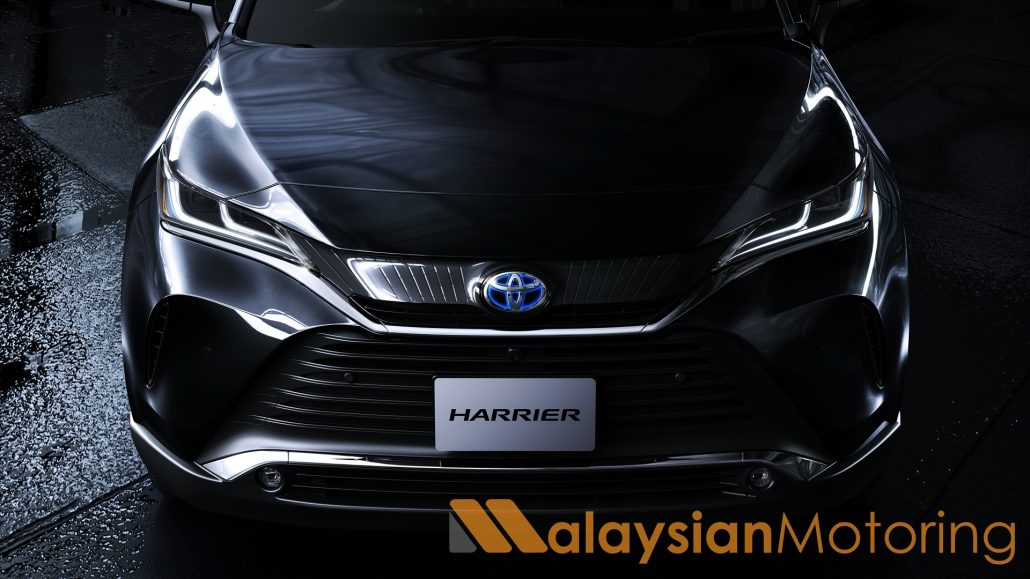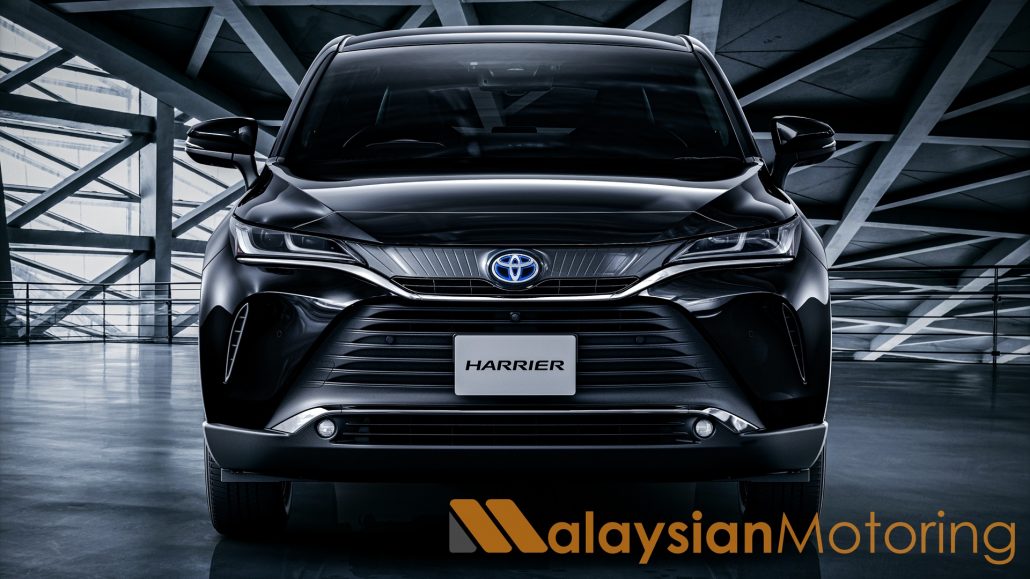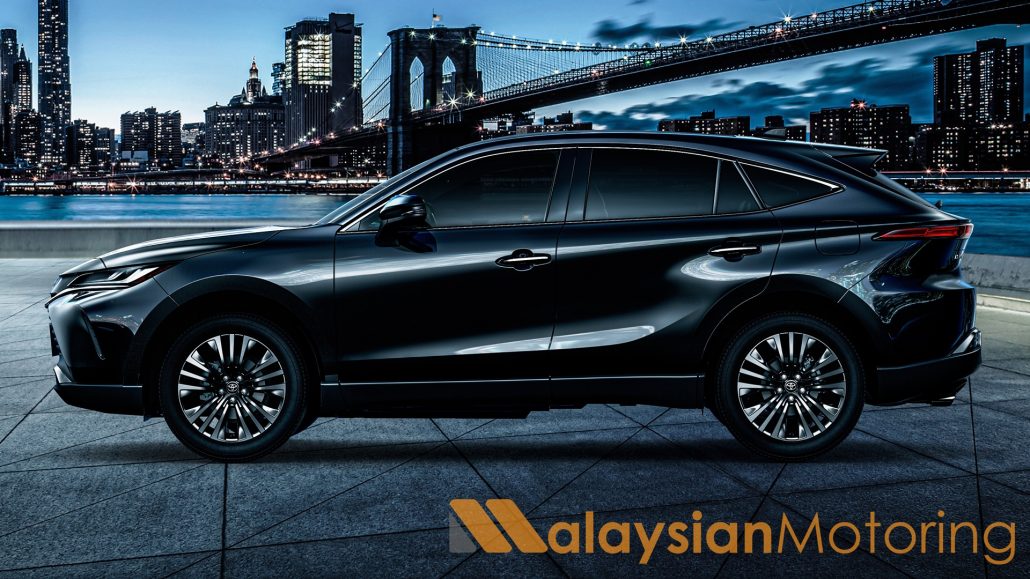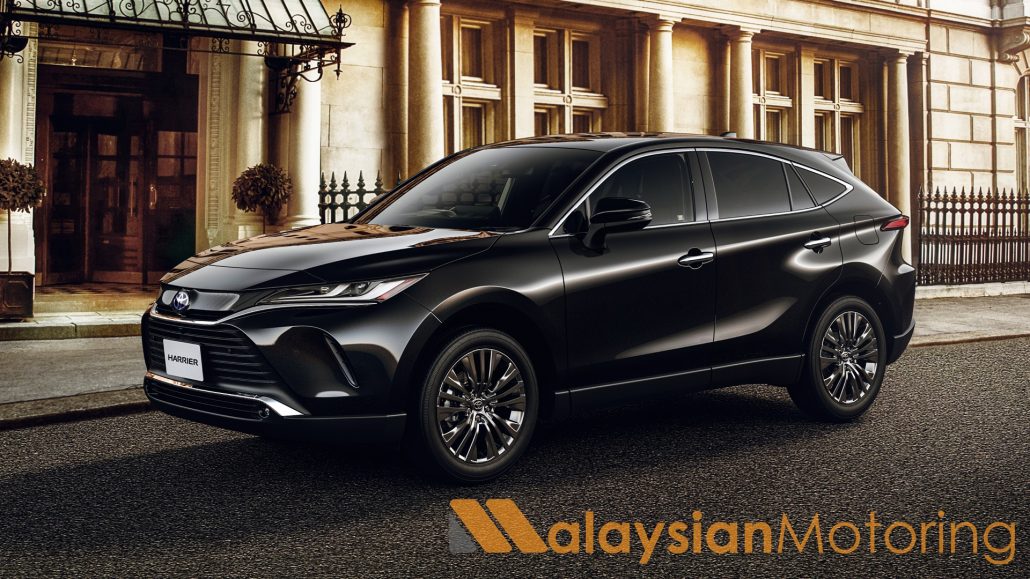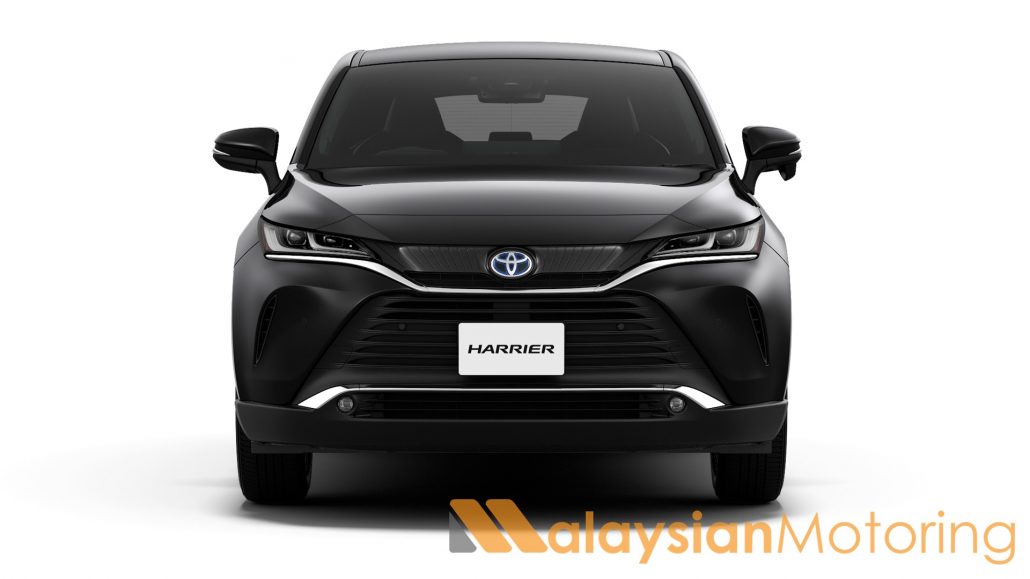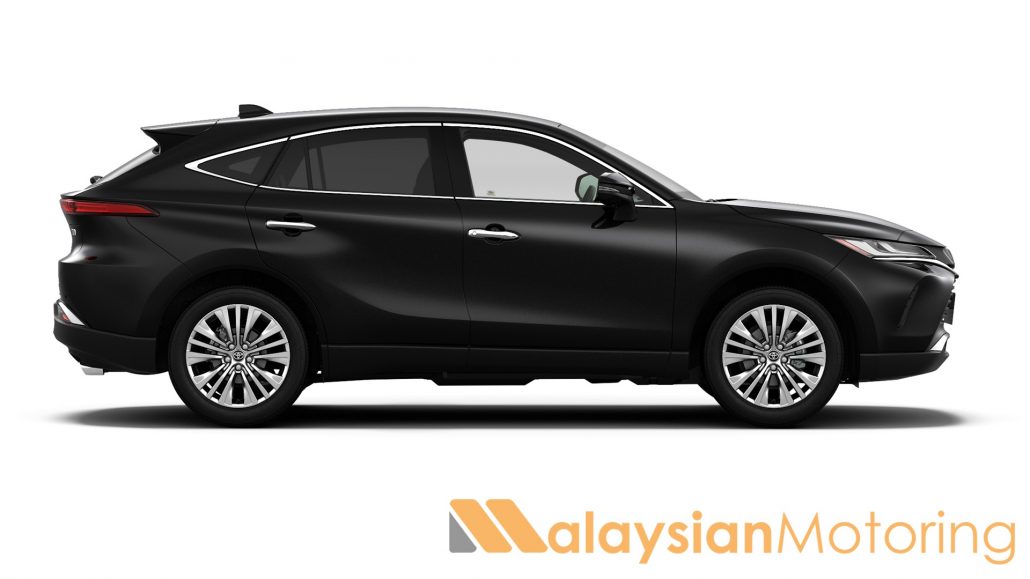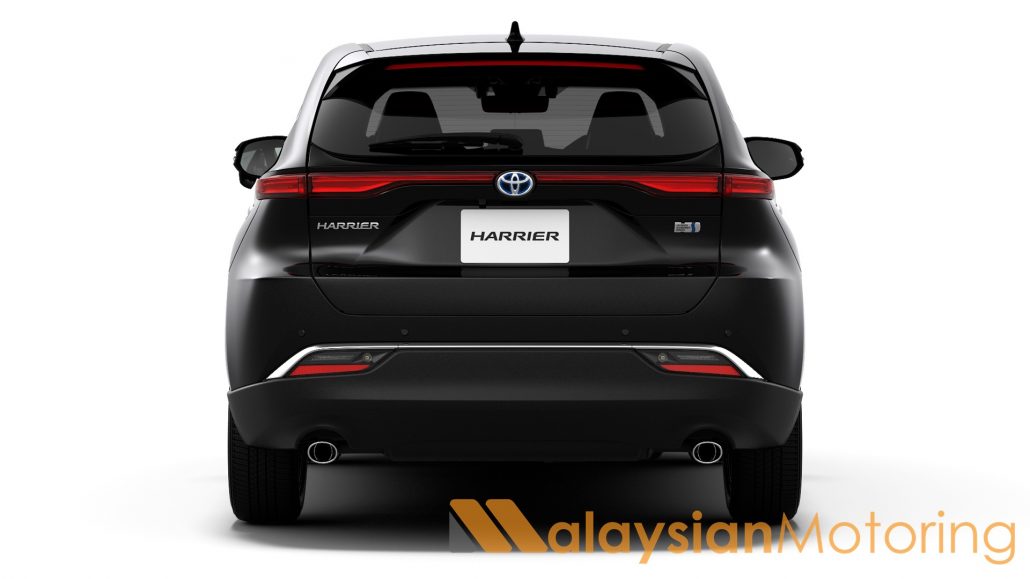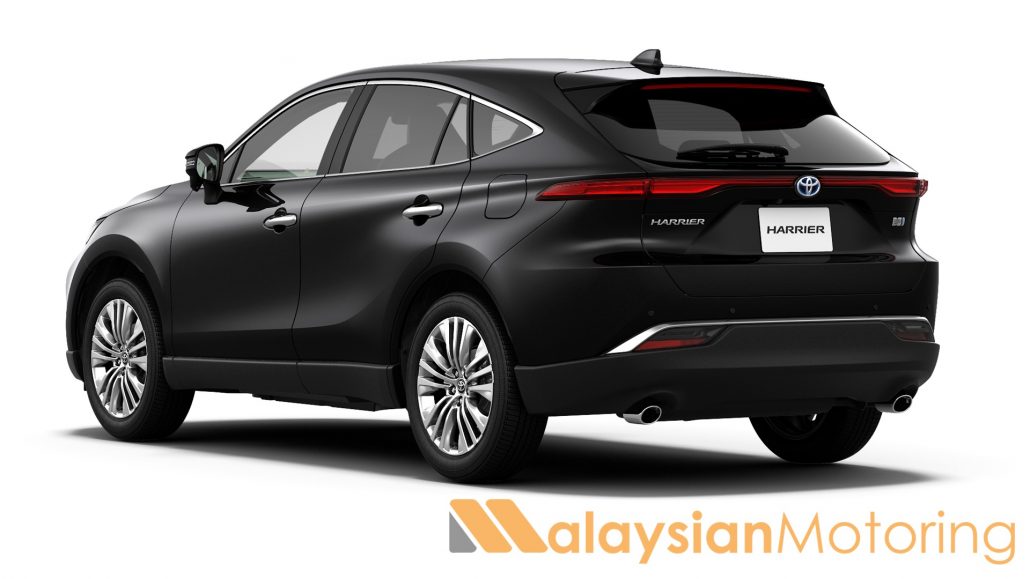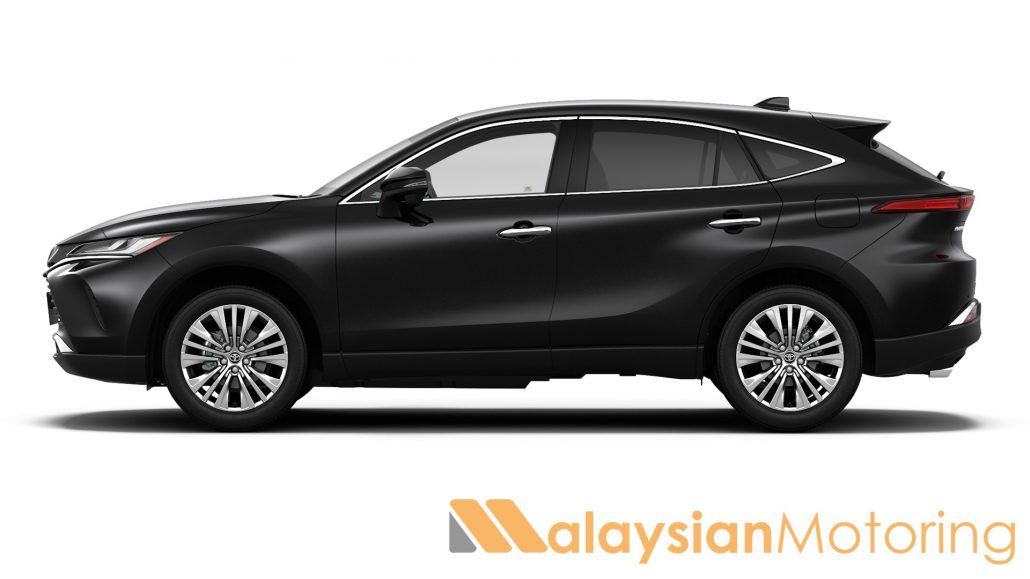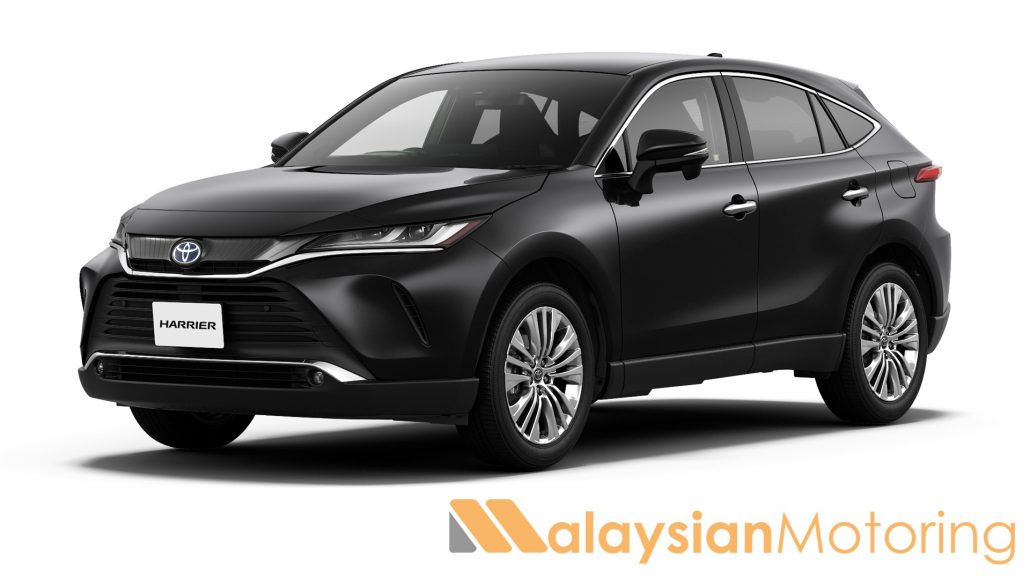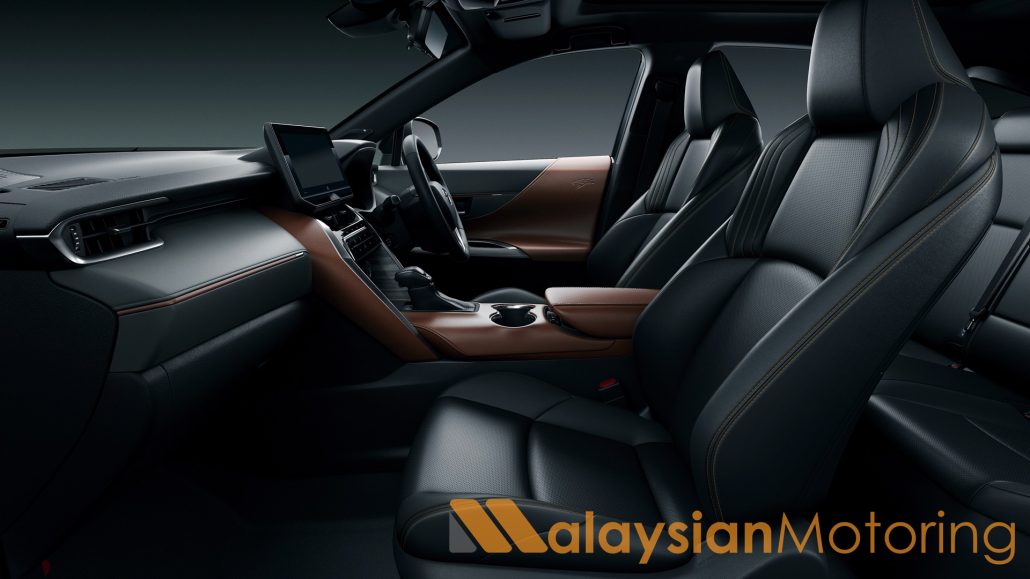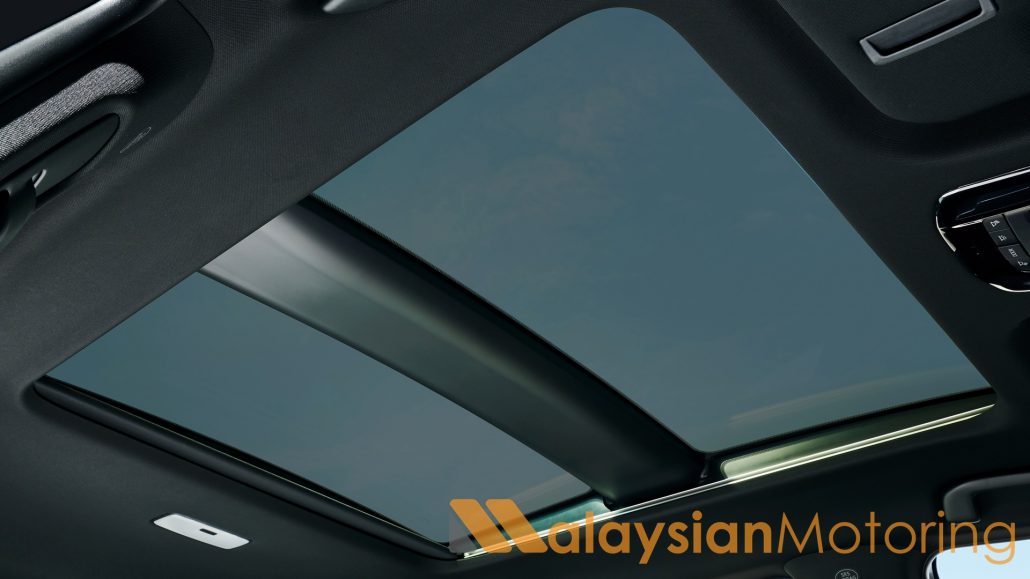UMW Toyota Malaysia has today unveiled their latest entrant into the burgeoning SUV space, in the form of the all-new Toyota RAV4. The RAV4 is an important nameplate not just for Toyota but for the crossover segment as a whole, as it’s widely credited for establishing the urban-focused high-riding utility vehicle that everyone so desperately wants today. And in this latest generation, Toyota has aimed to move forward with the sort of confidence that only they could have with the RAV4 brand, and they certainly have done.
The new RAV4 is underpinned by Toyota’s New Global Architecture or TNGA, which offers better packaging, more efficient use of material, and overall weight savings while also improving rigidity. TNGA also means that the new RAV4 can make full use of Toyota’s newest engines – the RAV4 is available with DynamicForce petrol engines in both 2.0-litre and 2.4-litre displacements, with a CVT automatic for the former and an 8-speed torque-converter automatic for the latter. Both are exclusively front-wheel drive.
While the engines offer some choice, the rest of the RAV4 packaging locally does not. Both cars are identically equipped: Both run on 18-inch alloy wheels, both cars get 6 exterior colour options, they feature LED headlights, the cabin trim are identical… We’re not sure what UMW Toyota is getting at here, but we’re sure that when we do get to ask them what was going through their minds, we’ll get a satisfactory answer.
What we certainly appreciate with the new RAV4 is the comprehensive list of safety features. The new SUV arrives with Toyota Safety Suite as standard, which comprises of adaptive cruise control, collision warning, lane departure warning with lane-keep assist, as well as an automatic high-beam function. This puts the RAV4 on par with segment stalwarts like the Honda CR-V and the PROTON X70; However, the RAV4 is a fully-imported model, which brings about its own issues that we’ll get to later.
Inside, we finally get to see Toyota getting a little more playful after they admitted to playing it safe for far too long. Major touchpoints within the cabin benefit from soft-touch materials to elevate the sensory experience, while key features such as a semi-digital instrument cluster, large infotainment screen with Apple & Android smartphone mirroring, Qi wireless charging, as well as an electrically-adjustable driver’s seat with memory functionality means that you’re certainly given a premium feel. There’s also dual-zone climate control & front-seat ventilation, which again puts it on par with the PROTON X70.
There’s masses of space for people and luggage alike: Toyota boasts class-leading bootspace, thanks to packaging ingenuity. A feature that we like alot is the reversible boot floor, that allows you to reverse the side used to floor the boot from either a carpeted surface (good for luggage bags & general day-to-day flotsam) to a waterproof, hard-wearing plastic surface that’s more suited to dirtier, or wet items. Further, the boot floor can be adjusted from a high position (offering a lip-less cargo space) to a lower position that can better accommodate taller items. Of course, the rear seats can also be folded 60:40 or completely flat, should you find yourself in IKEA over the weekend.
The new Toyota RAV4 will be available in showrooms this week, with prices starting at RM196,436 for the 2.0-litre model, and topping out at RM215,664.50 for the 2.5-litre model. All cars will benefit from a 5-year warranty as well as manufacturer-backed servicing & aftersales.


